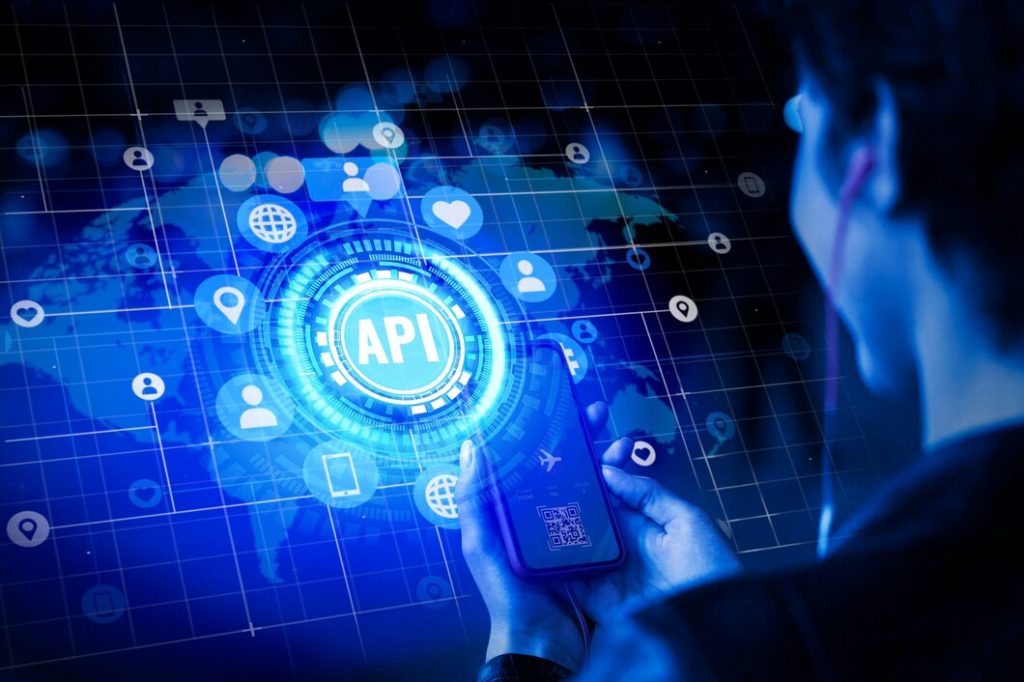Red Flags For Choosing The Best Lead Generation Companies
Barsha Bhattacharya, 2 minutes ago

Barsha Bhattacharya, 1 day ago

Barsha Bhattacharya, 1 week ago


Software development kits (SDKs) and application programming interfaces (APIs) are both integral tools for connecting software applications together. While they share some similarities in enabling communication between apps, there are some critical differences between SDK and API in how they are implemented and the use cases they are best suited for.
Understanding the unique benefits and potential drawbacks of integrating SDKs versus APIs can help guide developers in selecting the right approach for their projects.
In today’s interconnected software ecosystem, applications need to communicate and share data with one another seamlessly. From mobile apps accessing cloud-based services to web platforms integrating with payment gateways, cross-platform interactions are ubiquitous.
Enabling these integrations requires the right tools and technologies to bridge between disparate systems. Two common approaches for facilitating software-to-software communication are software development kits (SDKs) and application programming interfaces (APIs).
Both SDKs and APIs have their own advantages and disadvantages for integration, depending on the context. Understanding the fundamentals between SDK vs API is crucial for developers seeking to optimise their software integrations and enhance overall functionality.
SDKs – Software development kits, or SDKs, provide developers with a set of tools and code libraries to help them interface with another application or service more easily. For example, the Facebook SDK contains pre-built components and documentation to streamline the integration of Facebook functionality, like logging in or sharing into an iOS or Android app.

APIs – Application programming interfaces, or APIs, are interfaces for accessing features and data from an application or service through calls and requests. For instance, the Twitter API allows querying Twitter data like tweets or timelines through API requests.
Related: TIPS FOR SUCCESSFULLY MANAGING A CUSTOM SOFTWARE DEVELOPMENT PROJECT

The choice between using an SDK or API for integration depends on the specific goals and constraints of the project. SDKs offer rich out-of-the-box capabilities and tight platform optimization, while APIs provide lightweight flexibility and cross-platform reach.
Developers should weigh factors like target platforms, offline usage needs, vendor relationships, customization requirements, and more when deciding between them. Ultimately there is no universally superior option, rather the optimal selection comes down to matching the strengths of SDKs or APIs to the priorities and circumstances of the integration use case at hand. By understanding the difference between SDK vs API, developers can make an informed decision to best fit their integration needs.
Read Also:
Arnab Dey is a passionate blogger who loves to write on different niches like technologies, dating, finance, fashion, travel, and much more.